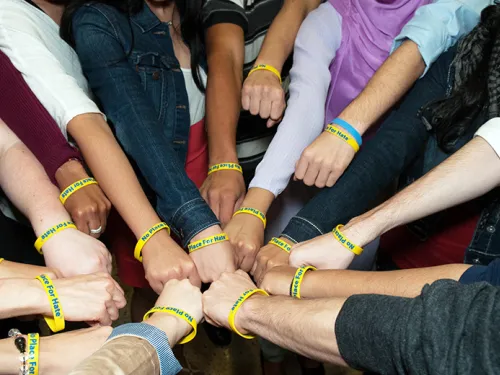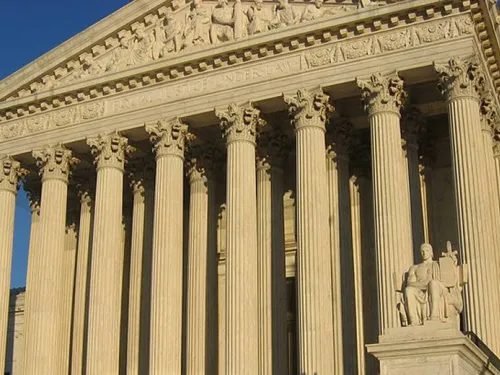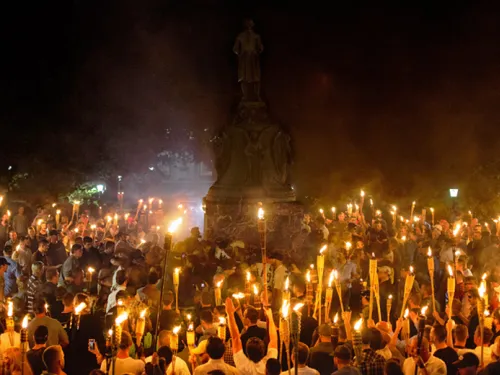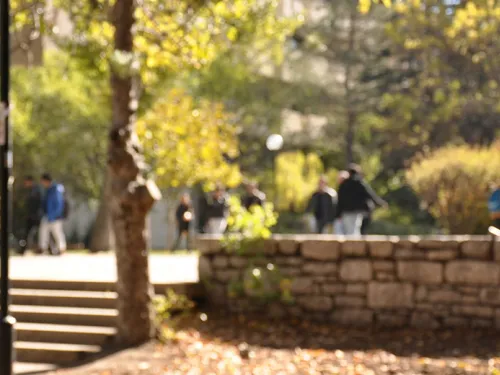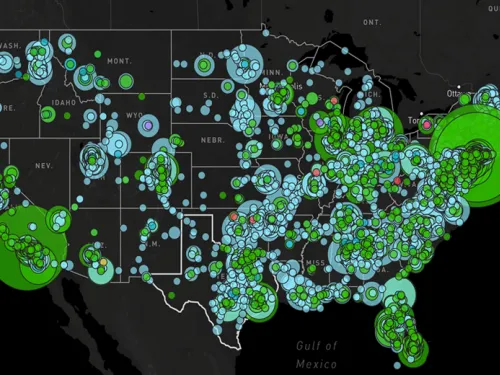These suggested No Place for Hate® activities are differentiated for elementary, middle and high school students. The activities can be used as a follow-up to watching the webinar, “Connecting Stories and Legacies: A Conversation with Author Gordon Korman and Rachelle Goldstein” which aired on 2/11/25. To make this a NPFH activity towards designation, watch the video, engage students in a discussion using the discussion questions and do one of the additional activities included…
Search Results
127 Results
New York, NY, April 29, 2025 ... ADL (the Anti-Defamation League) today issued the following statement concerning the removal of members of the United States Holocaust Memorial Council before the ends of their terms: The United States Holocaust Memorial Museum exists to honor the memory of the six million Jews and millions of others murdered in the Holocaust and to educate current and future generations about the dangers of antisemitism and hate. It must remain above politics. Removing members…
Majority of Jewish parents surveyed report antisemitism in K-12 schools; and despite high public support for Holocaust and antisemitism education, less than 1/3 get it.
New York, NY. September 17, 2024 ... The ADL (the Anti-Defamation League) Task Force on Middle East Minorities applauds the introduction and urges the swift passage of House Resolution 554 affirming the nature and importance of the support of the United States for the religious and ethnic minority survivors of genocide in Iraq. The resolution reaffirms the unwavering support of the U.S. government for the survivors of genocide among Iraq’s religious and ethnic minority…

The mission of ADL’s Task Force on Middle East Minorities is to bring international attention to the human rights offenses committed against minority communities in the Middle East. The Task Force consists of regional and topical experts who serve as an advisory body to augment ADL’s work in protecting vulnerable minorities by identifying, elevating, and educating on emerging human rights issues in the Middle East.
The task force is comprised of leading scholars, experts, and…
New York, NY, September 30, 2022 ... In light of the widespread protests across Iran, ADL’s Task Force on Middle East Minorities called on the international community to make clear to the Islamic Republic that it must guarantee women’s rights, human rights, and rights of all ethnic, religious, gender and sexual minorities in Iran.
The protests, sparked in response to the death in custody of Mahsa Amini, who was arrested and imprisoned by the so-called …
August 21 marked the 53rd anniversary of the 1969 al-Aqsa Mosque arson and the ongoing disinformation campaigns scapegoating Jews and Israel for the attack. Although Israeli authorities promptly arrested, tried, and convicted the culprit, Denis Michael Rohan – a Protestant extremist from Australia who believed his actions would prompt the Second Coming of Jesus – Middle Eastern outlets have been publishing inaccurate reports of the event to this day. In a blog published last month,…
New York, NY, September 8, 2022 ... ADL (the Anti-Defamation League) today issued the following statement on the passing of Queen Elizabeth II:
We join with millions of people around the world in mourning the loss of Queen Elizabeth II, the longest reigning monarch in Britain and an inspiring and beloved figure who exemplified respect for all people and cultures. Queen Elizabeth was at the center of many of the most important moments of modern history, from driving a military truck in…
August 21 marks the 53rd anniversary of a terrible attack against an Islamic holy site, when a Protestant extremist from Australia named Denis Michael Rohan set fire to the al-Aqsa Mosque in Jerusalem, destroying large parts of the site and irreplaceable artifacts.
Rohan’s crime should rightly be widely condemned and the loss commemorated even five-plus decades later. It is important to note that Rohan, who believed his actions would prompt the Second Coming of Jesus, was…
New York, NY, August 5, 2022 … ADL (Anti-Defamation League) Task Force on Middle East Minorities released the following statement in response to the intensified campaign by the Iranian regime targeting Iran’s Baha’i minority:
“We condemn the recent attacks targeting Iran’s vulnerable Baha’i community, and the July 31 statement by Iran’s Ministry of Intelligence which alleged that Baha'is are spies for foreign countries. This is part of the…
Jonathan Greenblatt
CEO and National Director
July 27, 2022
Dear Mr. Agrawal,
I am once again reaching out regarding Iranian Supreme Leader Ali Khamenei’s chronic violations of Twitter’s terms of service on his accounts of Iranian Supreme Leader Ali Khamenei. We ask that you de-platform him for his continued use of Twitter to promote antisemitism, hate, violence and Holocaust denial.
As I wrote in January 2021 to then Twitter CEO Jack Dorsey, Khamenei…

The author and publishers of a new book on Anne Frank's plight have turned one of the few at least partially upbeat stories of Jewish life and thought during the Holocaust into one of Jewish perfidy and treachery. The timing couldn’t be worse: antisemitism is flourishing once again, and Holocaust memory is diminishing.
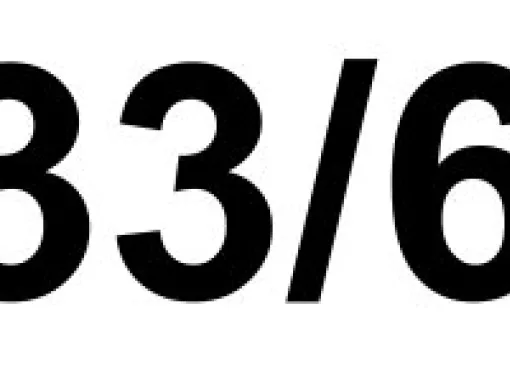
The number 33 is used by Ku Klux Klan adherents to signify the Ku Klux Klan. Since the 11th letter of the alphabet is K, three Ks signify "KKK" or the Ku Klux Klan. When using this reference, Klan members will frequently add the number 6 at the end, as in 33/6, because they think the Klan is currently in its sixth historical "era." Less commonly, some holdouts may still use the numeric code 33/5. Additional Images:

AKIA is Ku Klux Klan shorthand for "A Klansman I Am." It is related to another Klan acronym, AYAK ("Are You A Klansman?"). These are among the many acronyms developed by the Second Ku Klux Klan that emerged in 1915. Although the Second Ku Klux Klan did not survive, much of its terminology and many of its rituals did, and later Klan groups freely used them. Additional Images:

AYAK is Ku Klux Klan shorthand for "Are You A Klansman?" It is related to another Klan acronym, AKIA ("A Klansman I Am"). These are among the many acronyms developed by the Second Ku Klux Klan that emerged in 1915. Although the Second Ku Klux Klan did not survive, much of its terminology and many of its rituals did, and later Klan groups have freely used them. Additional Images:

ALTERNATE NAMES: Ku Klux Klan, MIOAKGroup Status: Active (in that there are many active Ku Klux Klan groups)
For the past century, the primary symbol related to Ku Klux Klan groups (other than Klan robes themselves) is what Klan members may call the MIOAK (an acronym for "Mystic Insignia of a Klansman"). It is more commonly referred to as the "Blood Drop" Cross. It appears as a square white cross in black outline against a circular red background. In the middle of the cross is what appears…
ALTERNATE NAMES: Ku Klux Klan, MIOAK
Read more about Blood Drop Cross
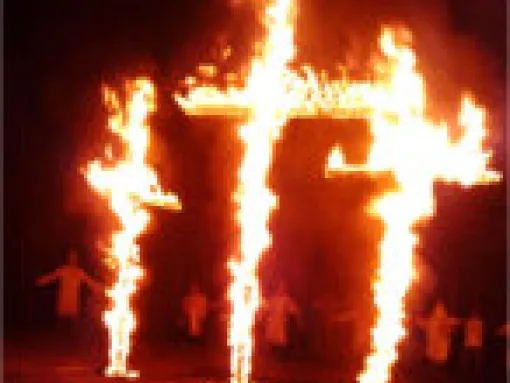
The image of the burning cross is one of the most potent hate symbols in the United States, popularized as a terror image by the Ku Klux Klan since the early 1900s. Cross-burnings (called "cross-lightings" by Ku Klux Klan groups, to make it seem as if they are not destroying a Christian cross) have long been used as a traditional symbol by Klan groups, used both in Klan rituals as well as in attempts to intimidate and terrorize victims of Klan groups. So widely associated with racial…

ALTERNATE NAMES: For God, Race and NationFGRN is a Ku Klux Klan acronym for "For God, Race and Nation," a common Klan slogan. It is one of a number of slogans, codes and rituals created by the Second Ku Klux Klan in the early 20th century. That Klan did not survive, but many of its codes and rituals were adopted by later Klan groups. In acronym form, the slogan is used primarily as a Klan identifier, typically appended at the end of on-line messages and postings. Additional Images:
ALTERNATE NAMES: For God, Race and Nation
Read more about FGRN
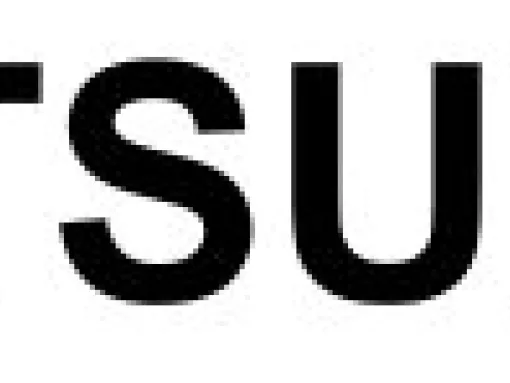
ITSUB is a Ku Klux Klan acronym for "In The Sacred Unfailing Being," a reference to God. It is one of many Klan acronyms created by the Second Ku Klux Klan that emerged in 1915. That Klan did not survive, but subsequent Ku Klux Klan groups continued many of its rituals and codes. Today, ITSUB has no real meaning or particular purpose and is typically used by Klan group members in on-line messages or posts solely as a way to identify themselves with the Ku Klux Klan. This has been the fate of a…

KABARK is a Ku Klux Klan acronym for "Konstantly Applied By All Regular Klansmen." It is one of many acronyms and codes developed by the Second Ku Klux Klan in the early 20th century. The Second Ku Klux Klan did not survive, but later Klan groups continued many of its codes and rituals. Today, KABARK is essentially meaningless and only used as a "sign off" in on-line messages by Klan group members, along with several other similar archaic acronyms. Additional Images:
